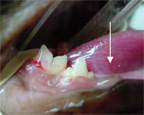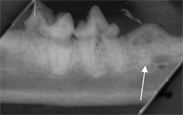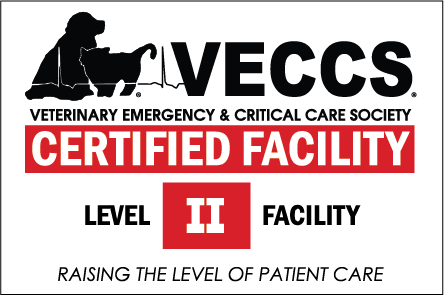Tooth resorption of cats is a very commonly found problem when performing a good oral examination or dental prophylaxis. Until recently we have overlooked this dental problem as veterinarians. This has been because the lesions are often hard to visualize and also because we didn’t realize what we were seeing. These lesions are also found in dogs, but not as frequently.
These lesions are usually located in a linear position along the tooth’s cervical line (neck). For this reason, they have been called “neck lesions” or “cervical lesions”. They were initially thought to be carious in nature, but have since been reclassified as a progressive, subgingival and/or supragingival, odontoclastic resorption.
The premolars and molars are the most likely teeth to be affected, but they are also found on the canines and incisors. These defects are often covered with calculus and may not be noticed until the calculus is removed. The lesions may also be covered by hyperplastic gingiva and filled with granulation tissue. Cats with these lesions are often reluctant to eat hard food due to the pain involved. Even when the cat is under anesthesia, the cat’s jaw will twitch when these lesions are probed.
Affected cats are usually middle-aged, but they have been seen in cats as young as 2 years of age. Purebred cats are the most susceptible, with the Siamese and Persian having the highest incidence. Cats can have multiple teeth affected with different stages of the lesion.
Once detected the lesions may be classified into groups according to the severity:
- Stage 1 – These are early lesions extending less than 0.5mm into the tooth’s neck.
- Stage 2 – These have significant erosions that do not invade the endodontic system.
- Stage 3 – These are deep erosions invading the endodontic system.
- Stage 4 – These have deep erosions with loss of tooth integrity as well as endodontic involvement.
- Stage 5 – These are chronic lesions, which have caused complete coronal loss and subsequent gingival over-growth hiding the retained root.
Treatment
Treatment of Stage 1 lesions is directed at prevention or slowing the progress of further erosion. The present treatment is application of fluoride varnish to desensitized the pulp, harden the enamel and provide antibacterial action by reducing the porosity of the enamel.
Stage 2 lesions are lesions, which are indicated for restorative filling. Various methods and materials have been proposed for this purpose. They include chemical and light cured composite, amalgam and glass ionomers. The light cured glass ionomers are presently being used most frequently.
Teeth with Stage 3, 4 and 5 lesions are usually extracted..
Stage 1 – These are early lesions extending less than 0.5mm into the tooth’s neck.
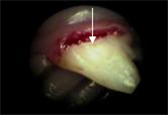
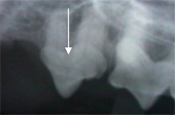
Stage 2 – These have significant erosions, which do not invade the endodontic system.
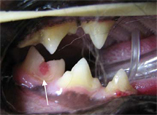
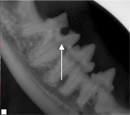
Stage 3 – These are deep erosions invading the endodontic system.
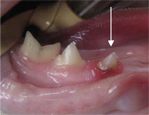
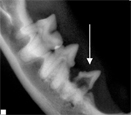
Stage 4 – These have deep erosions with loss of tooth integrity as well as endodontic involvement.
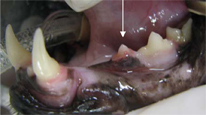
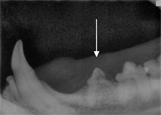
Stage 5 – These are chronic lesions, which have caused complete coronal loss and subsequent gingival over- growth hiding the retained root.
